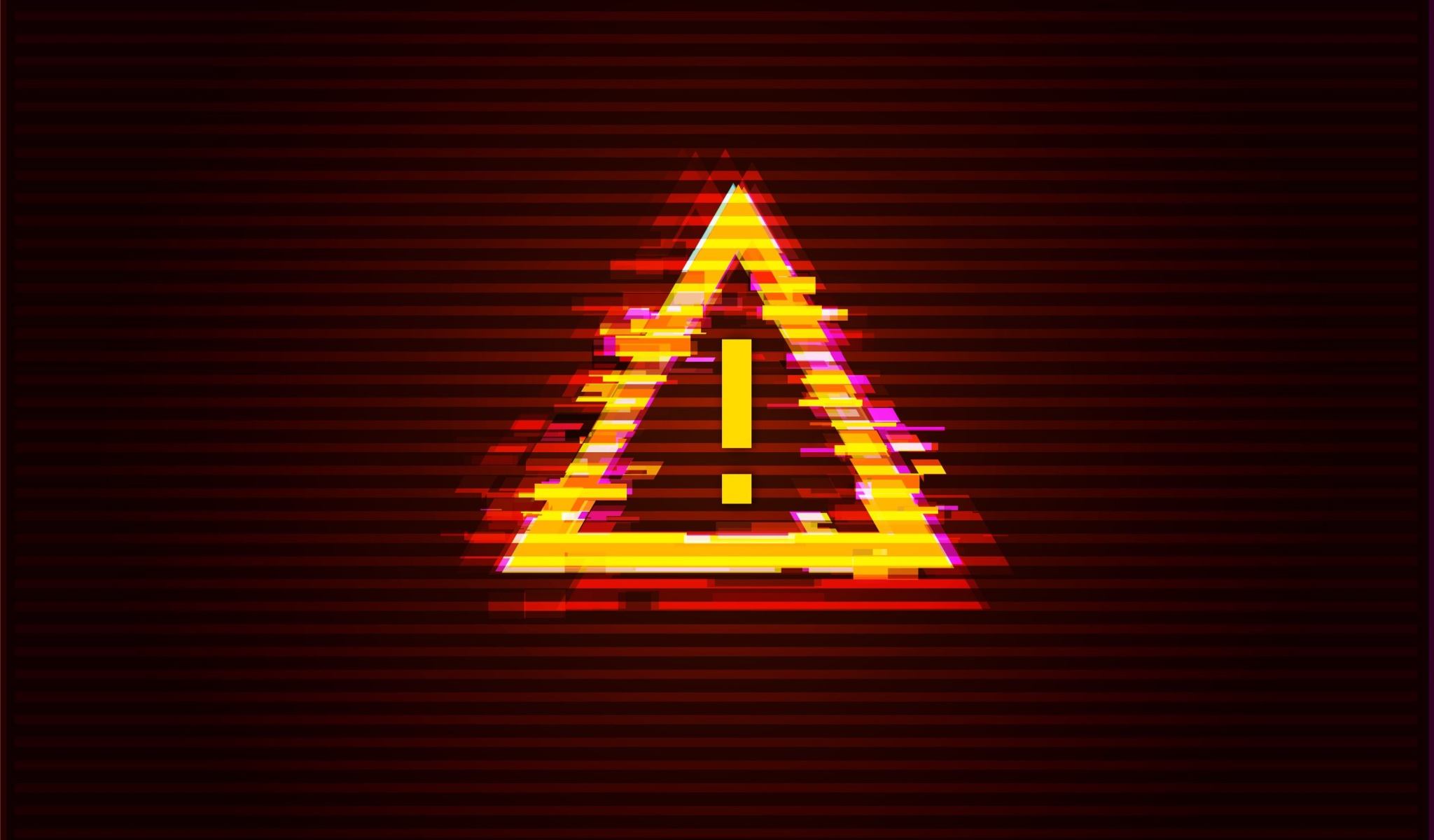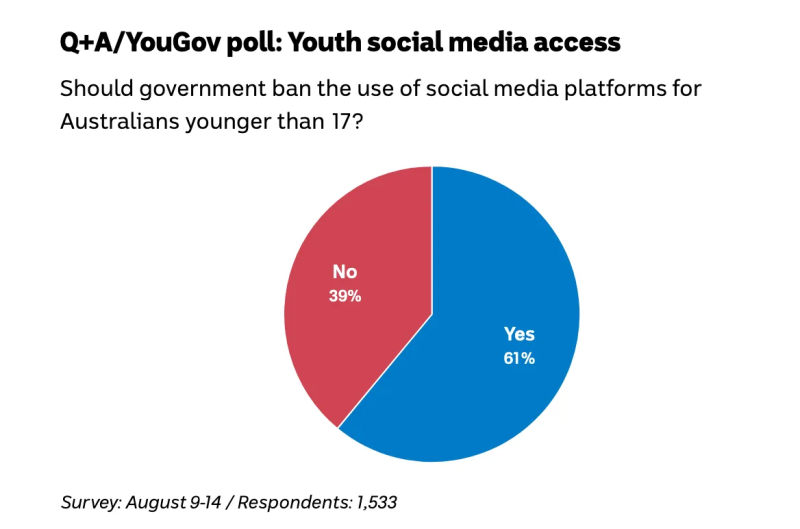
The Australian Government is set to impose social media age limits, amid increasing concern over the effect of social media on youth mental health, Prime Minister Anthony Albanese announced today.
Legislation is to be introduced later this year, and is expected to gain bipartisan support after the leader of the Opposition, Peter Dutton, called to ban social media for under 16s earlier this year.
“We know social media is causing social harm, and it is taking kids away from real friends and real experiences,” said Albanese in a statement today, which also happens to be World Suicide Prevention Day.
“The safety and mental and physical health of our young people is paramount.”
“We’re supporting parents and keeping kids safe by taking this action, because enough is enough.”
The federal commitment to legislate social media age limits follows similar announcements from the Victorian and South Australian governments, both of which want to ban social media for kids under the age of 14.
The new legislation will build on a report by former High Court Chief Justice, Robert French, released on Sunday. The report, commissioned by the South Australian (SA) Government, includes draft legislation banning children under 14 from social media outright, and requiring companies to gain parental consent for 14 and 15-year-olds to use their platforms.
Recent polling shows strong public support for an age-based social media ban, with 61% of respondents agreeing that the government should restrict the use of social media platforms for Australians younger than 17. Unsurprisingly, support was lower among younger Australians. Only 54% of respondents aged 18 to 24 agreed with the ban.

The potential harms of social media for kids have come to prominence in the past decade, particularly with the ubiquity of the smartphone.
Author and psychologist Jonathan Haidt has said social media is “more addictive than heroin,” causing the “great rewiring” of childhood. He is one of many researchers who suggest that the increased uptake of social media and smartphones has created an “international epidemic” of depression, anxiety, and suicide among young people.
Research by Australia’s online safety regulator, eSafety, found that 75% of 16 to 18-year-olds had seen online pornography – of those, nearly one-third saw it before the age of 13, and nearly half saw it between the ages of 13 and 15.
In other research, eSafety found that almost two-thirds of 14-17-year-olds have viewed potentially harmful content in the past year, such as content relating to drug taking, suicide, or self-harm, or gory or violent material.
There are also concerns about children being preyed upon online. Sonya Ryan OAM, the founder and chief executive of the Carly Ryan Foundation, has experienced this personally. Her daughter Carly, was killed in 2007 at the age of 15 by a predator she met online.
Ryan has voiced her support for new laws to protect kids, stating, “In my opinion the only way forward is to create appropriate legislation to protect our children from these harms and regulate big tech companies to include mandatory age verification across all platforms.”
Others are worried that banning children’s access to social media will cause unintended harms.
“Social media is one of the only public spaces where children can communicate directly with their friends – often maintaining connections with distant friends and loved ones that would otherwise be impossible,” said information and technology expert Dr Dana McKay of RMIT University.
Instead of banning kids from social media, the focus should be on making social media safer, said Dr McKay.
“Many of the problems can already be addressed by minimising advertising and detecting and addressing harmful interactions through behavioural analytics, for example,” she said.
Details on how the new age assurance laws and technology will work are hazy until legislation is tabled later this year, but the concept has already been in development for some time.
The Federal Government has invested $6.5 million in a trial of age assurance technology which will be used to enforce the social media age limit, with the technology aspect of the trial currently out to tender.
At the same time, Australia’s online safety regulator, eSafety has given digital industry associations until the end of this year to propose improved industry codes that will be enforceable by eSafety to limit children’s access to inappropriate content online, including pornography and self-harm content.
Both of these initiatives are tied in with Age Verification Roadmap, which in turn is tied in with Australia’s recently legislated Digital ID framework, to which the government has allotted $288.1 million over the next four years.
Republished from the author’s Substack
Disclaimer
Some of the posts we share are controversial and we do not necessarily agree with them in the whole extend. Sometimes we agree with the content or part of it but we do not agree with the narration or language. Nevertheless we find them somehow interesting, valuable and/or informative or we share them, because we strongly believe in freedom of speech, free press and journalism. We strongly encourage you to have a critical approach to all the content, do your own research and analysis to build your own opinion.
We would be glad to have your feedback.
Source: Brownstone Institute Read the original article here: https://brownstone.org/

